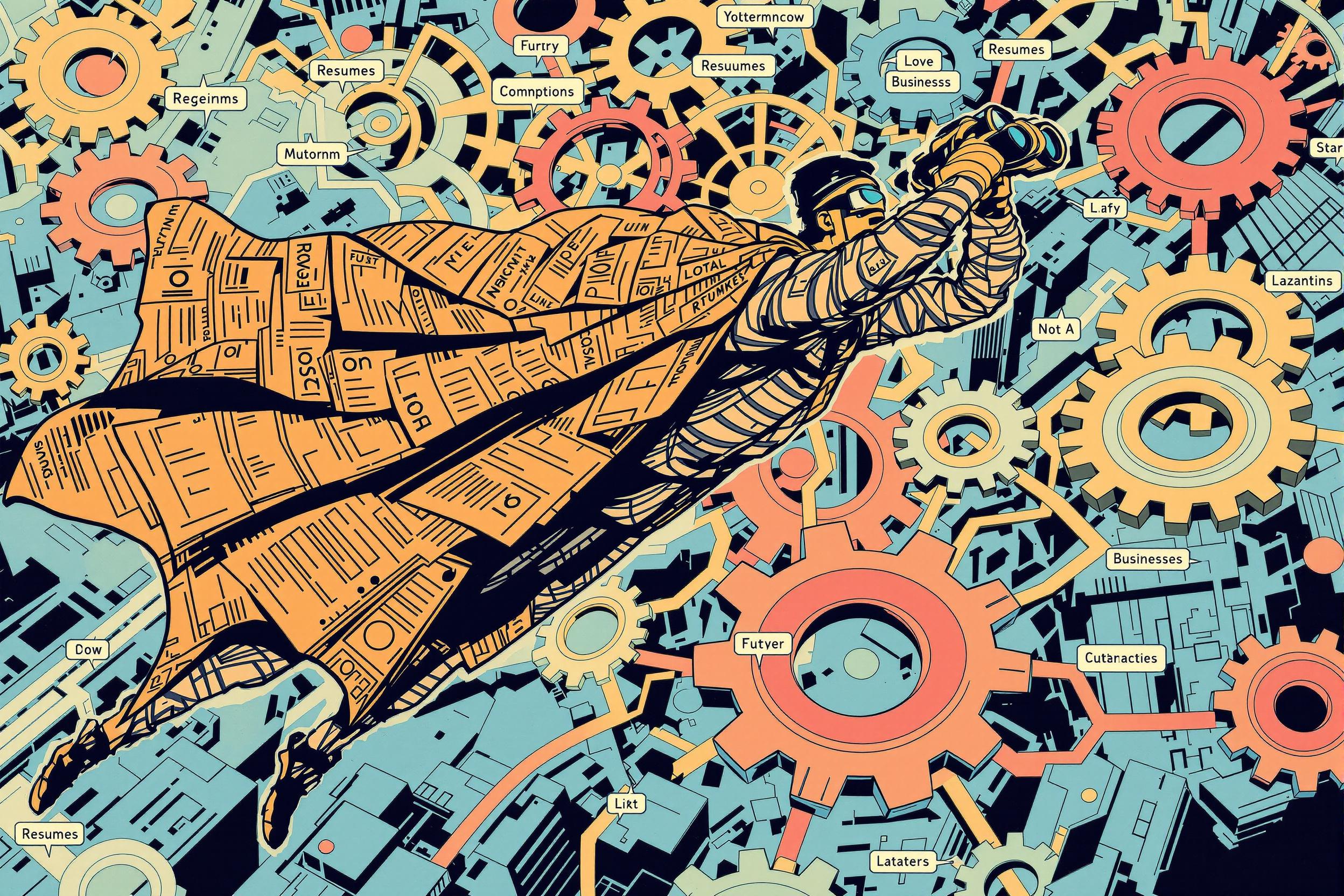
Micro-siting
Micro-siting is the detailed process of choosing the exact locations for wind turbines within a wind farm. It's like being a real estate agent for wind turbines - finding the perfect spot where they'll perform best. This process involves studying wind patterns, land features, and environmental factors to make sure each turbine generates the maximum amount of power while avoiding problems with nearby structures or wildlife. Think of it as strategic planning to get the most energy production from every turbine placed.
Examples in Resumes
Led Micro-siting analysis for a 50MW wind farm project, optimizing turbine placement
Conducted Micro-site assessments resulting in 15% increased energy production
Used advanced software for Micro-siting studies across 5 major wind farm developments
Typical job title: "Wind Energy Site Analysts"
Also try searching for:
Where to Find Wind Energy Site Analysts
Professional Organizations
Online Communities
Job Resources
Example Interview Questions
Senior Level Questions
Q: How do you handle conflicts between optimal wind turbine placement and environmental constraints?
Expected Answer: A senior analyst should discuss balancing energy production goals with environmental impacts, mention experience with environmental impact assessments, and describe specific examples of finding compromises that satisfy both technical and environmental requirements.
Q: Describe a challenging micro-siting project you managed and how you optimized the layout.
Expected Answer: Should demonstrate leadership in complex projects, explain how they balanced multiple factors like wind resources, terrain constraints, and project economics, and show problem-solving abilities in real-world situations.
Mid Level Questions
Q: What factors do you consider when determining turbine spacing?
Expected Answer: Should explain basic concepts like wake effects, predominant wind directions, and terrain influence in simple terms, showing practical experience with layout optimization.
Q: How do you use wind data to inform micro-siting decisions?
Expected Answer: Should describe how they analyze wind data to make placement decisions, mention common tools used, and explain how they interpret results to non-technical stakeholders.
Junior Level Questions
Q: What basic factors affect wind turbine placement?
Expected Answer: Should mention fundamental considerations like wind speed, direction, terrain features, and basic setback requirements from buildings or roads.
Q: What tools do you use for micro-siting analysis?
Expected Answer: Should be familiar with common industry software and basic mapping tools, even if experience is limited to academic or training environments.
Experience Level Indicators
Junior (0-2 years)
- Basic understanding of wind resources
- Familiarity with mapping software
- Knowledge of basic turbine specifications
- Understanding of simple terrain effects
Mid (2-5 years)
- Independent site assessment capability
- Advanced software tool proficiency
- Understanding of environmental constraints
- Experience with multiple turbine models
Senior (5+ years)
- Complex project management
- Advanced optimization techniques
- Environmental impact expertise
- Team leadership and stakeholder management
Red Flags to Watch For
- No knowledge of basic wind resource assessment
- Lack of experience with industry-standard software tools
- Unable to explain basic terrain effects on wind flow
- No understanding of environmental or regulatory constraints
Related Terms
Need more hiring wisdom? Check these out...

Tiny Neighborhoods, Huge Impact: The Surprising Power of Hyper-Local SEO in Your Hiring Game

Micro-Internships: The Game-Changer in Project-Based Learning

Unlocking Talent Offline: Innovative Strategies for Recruiting in Low-Internet Areas

